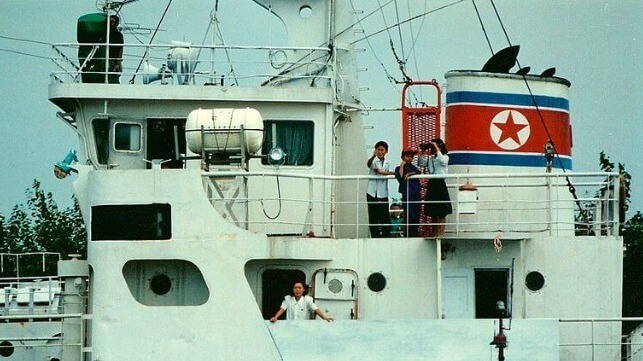Last Bridge Section Removed Clearing Way for Reopening Baltimore Channel
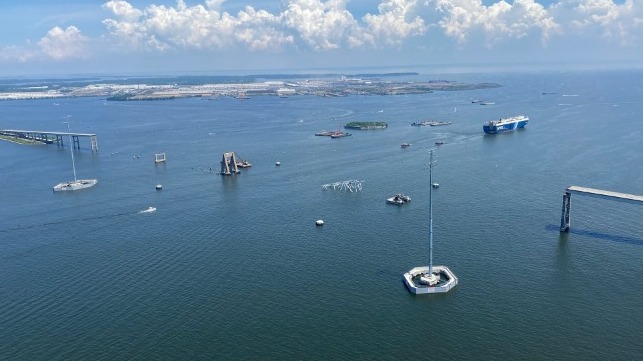
The last large sections of the collapsed Francis Scott Key Bridge have been removed from the channel in Baltimore clearing the path for the reopening of the full channel over this coming weekend. Normal navigation is expected to resume next week.
The Army Corp of Engineers reported on Tuesday, June 4, that the last of three pieces of what they called Section 4, the parts of the bridge truss that had been resting on the Dali and the area around the ship, was lifted from the water. The first of the three sections, weighing 140 tons, was lifted on May 24 and the second section weighing 470 tons was lifted on June 1.
The operation for this portion of the recovery was called “extensive” requiring approximately 200 tons to first be cut and removed before they could handle the main pieces. A spokesperson for the Army Corps explained that these sections were buried deep in the river mudline. They said the effort was more complex than initially estimated and required “shaking and hammering” to free the steel from the mud.
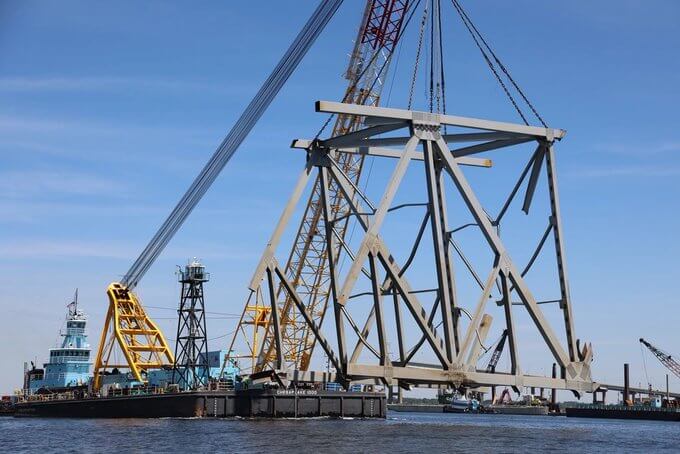
The final section of bridge truss was removed in three pieces (USACE)
Using concrete breakers, underwater surveys, and oxyacetylene torches, they separated tons of concrete roadway, cable, and steel rebar from Section 4 while removing debris with clamshell dredges.
“The final truss lifts are an important next step to re-opening the full 700-foot width of the federal navigation channel,” the Army Corps noted. The sections lifted from the water have been moved to the Sparrow’s Point area, where the recycling is being staged.
The last phase of the operation will include dredging and a final inspection of the channel to ensure that there are no remaining hazards. Some of the teams working on the operation have already been reported to be packing their gear and leaving the site.
No official timeline was released but reports are widely saying that the last work on the federal channel will be concluded between June 8 and 10. The channel is expected to officially be reopened to its 700-foot width by Monday, June 10 from the current 400-foot limited access channel.
The Dali remains at the Seagirt Terminal although local media reports have shown images of ongoing work removing additional debris from the vessel. It is still expected that the vessel will be shifted in the coming weeks to a shipyard in the Norfolk, Virginia area.
Baltimore officials are highlighting the work will have been completed in approximately 80 days. The focus is already shifting to the replacement efforts with Maryland's Transportation Authority having issued a first request for proposals. The deadline is June 24 with media reports saying a contractor will be selected this summer, and the final design will be selected within the next year. The bridge is expected to be completed by the fall of 2028 at a cost of $1.7 billion.
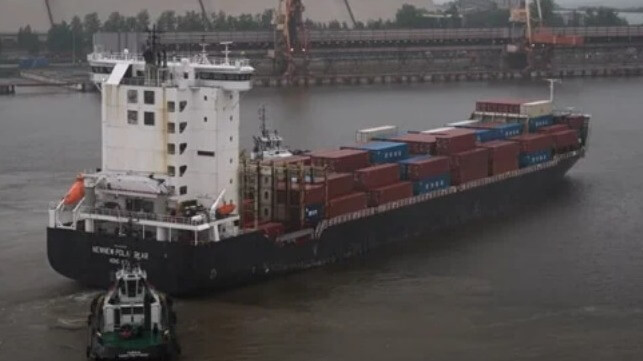
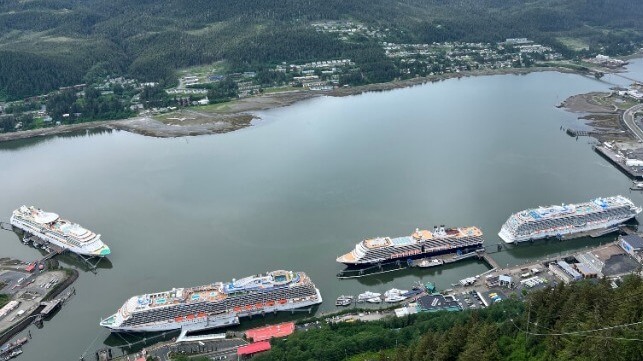
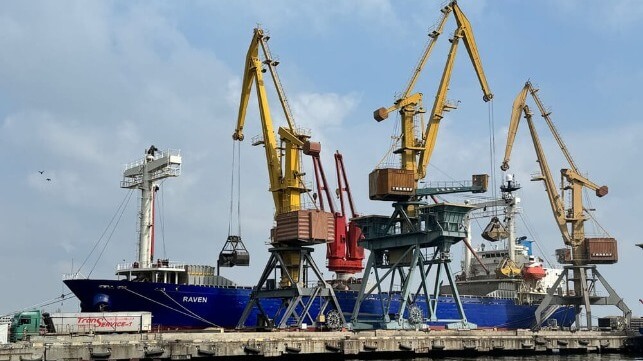

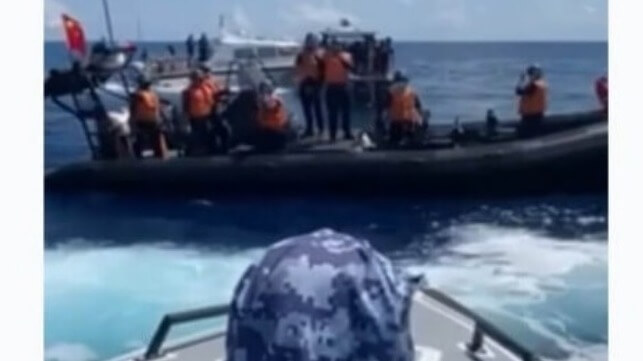

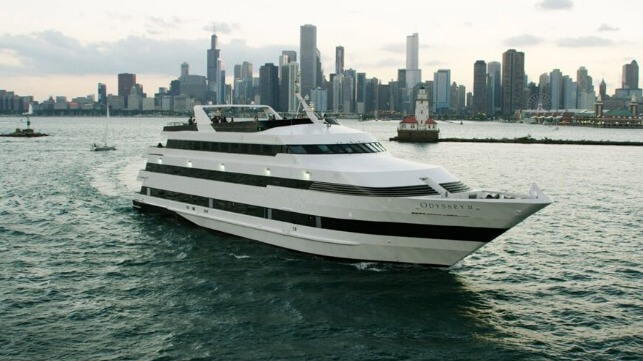

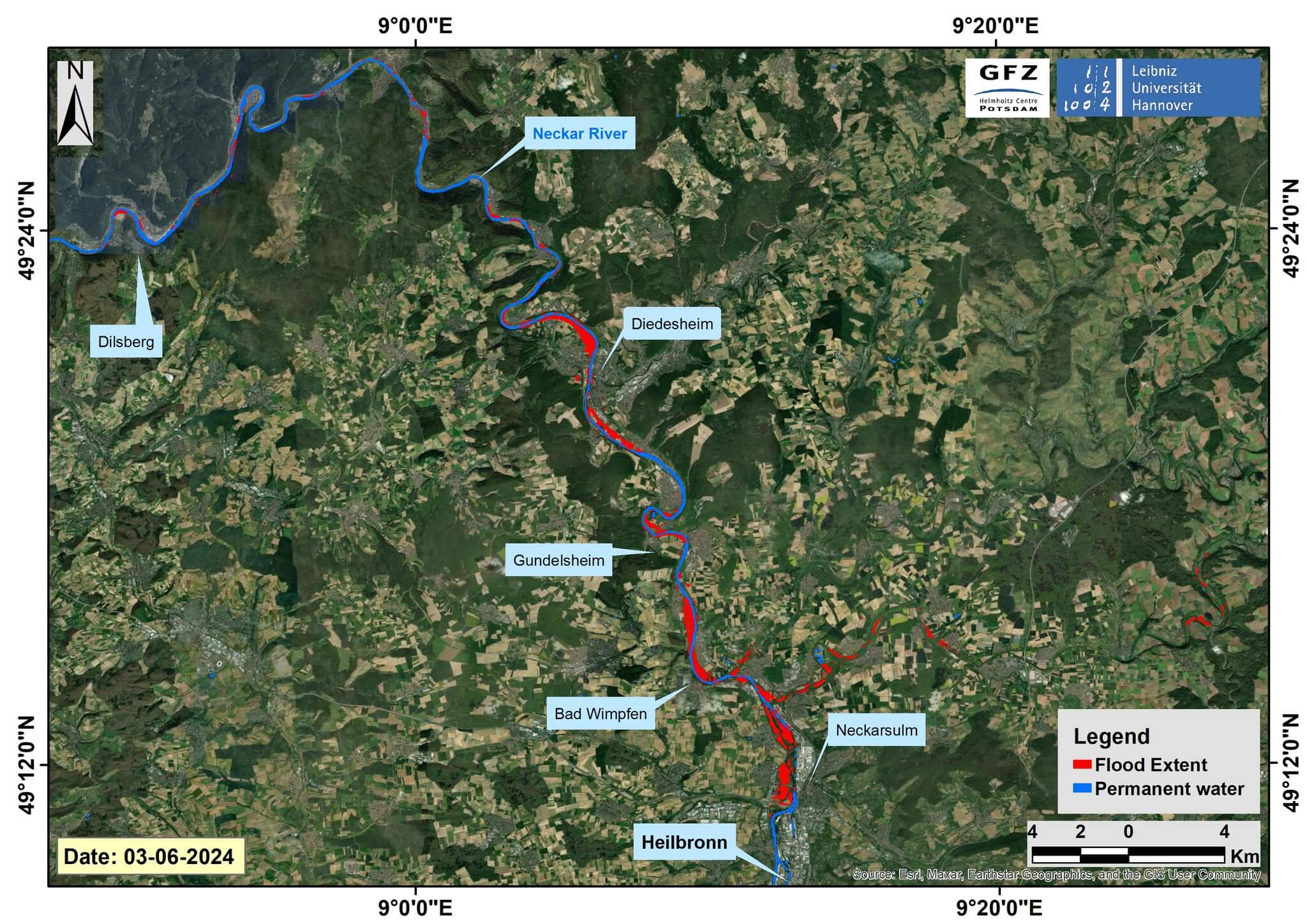 Flood extent on the Rhine, June 3 (GFZ Potsdam)
Flood extent on the Rhine, June 3 (GFZ Potsdam)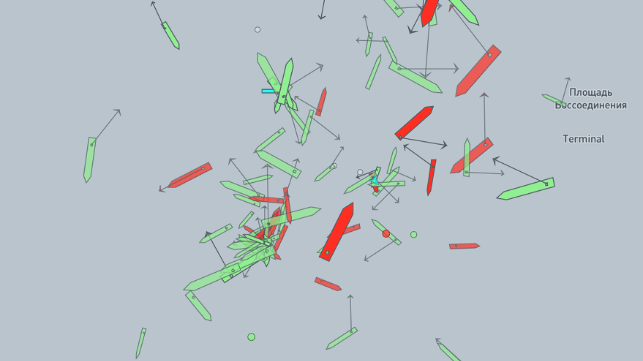
 Spoofing at Simferopol International Airport. Sources: Marine Traffic, annotated by the authors
Spoofing at Simferopol International Airport. Sources: Marine Traffic, annotated by the authors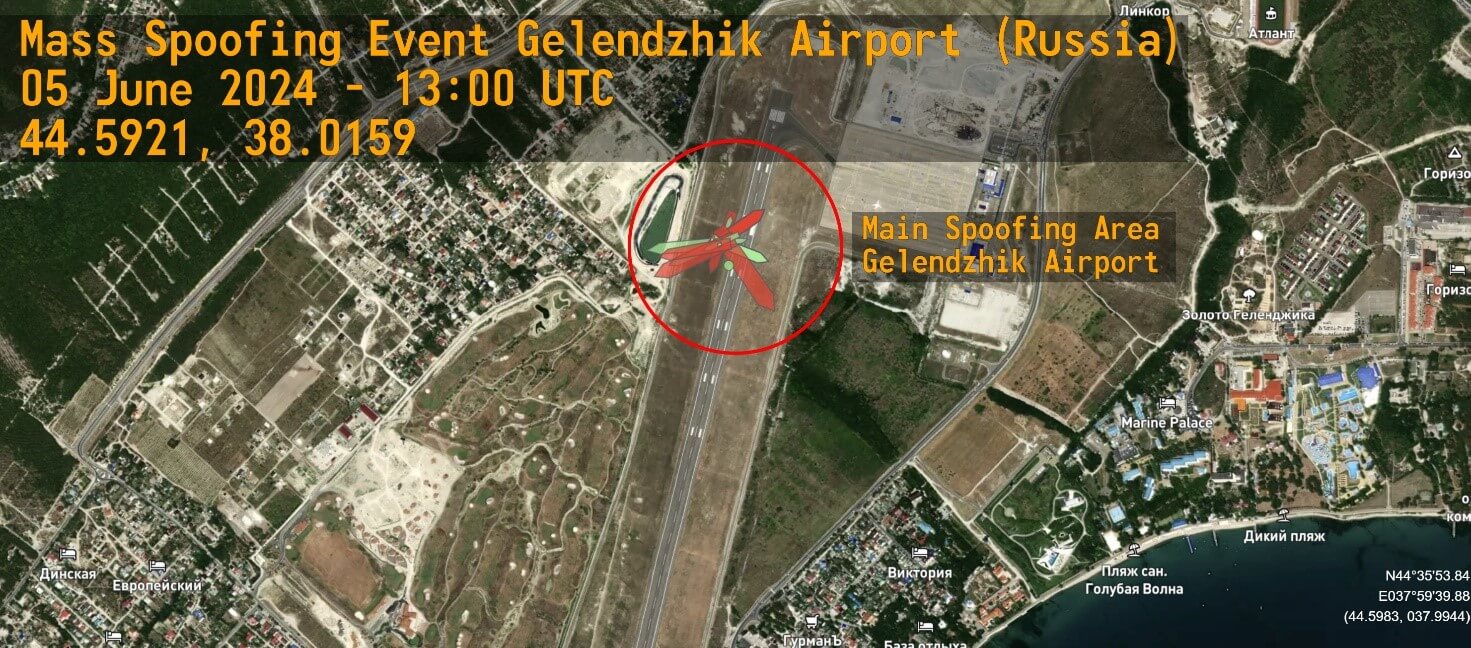 Spoofing at Gelendzhik Airport (Russian Federation). Sources: Marine Traffic, annotated by the authors.
Spoofing at Gelendzhik Airport (Russian Federation). Sources: Marine Traffic, annotated by the authors.